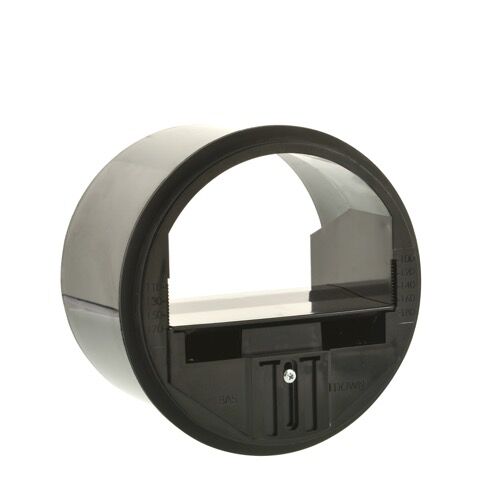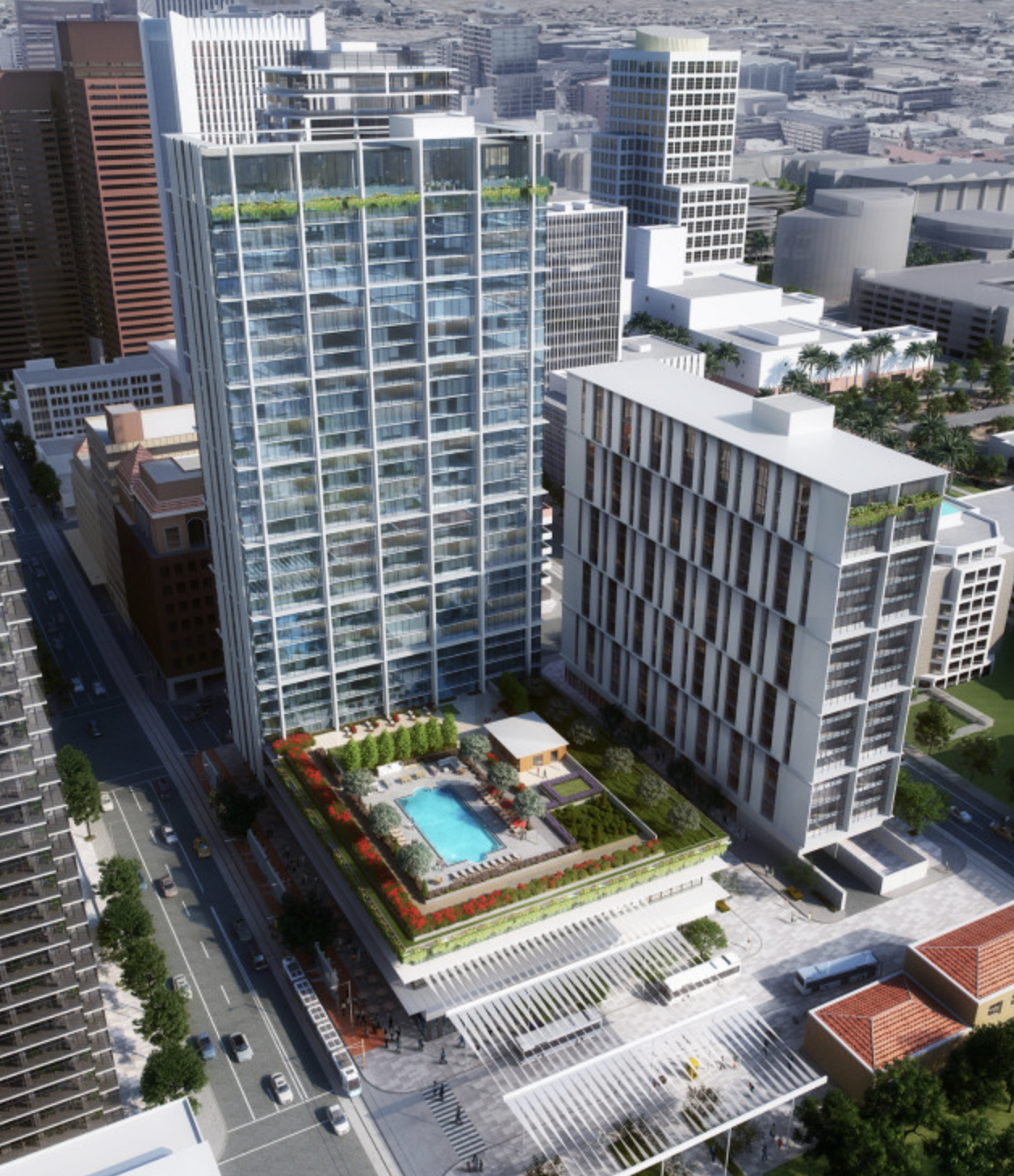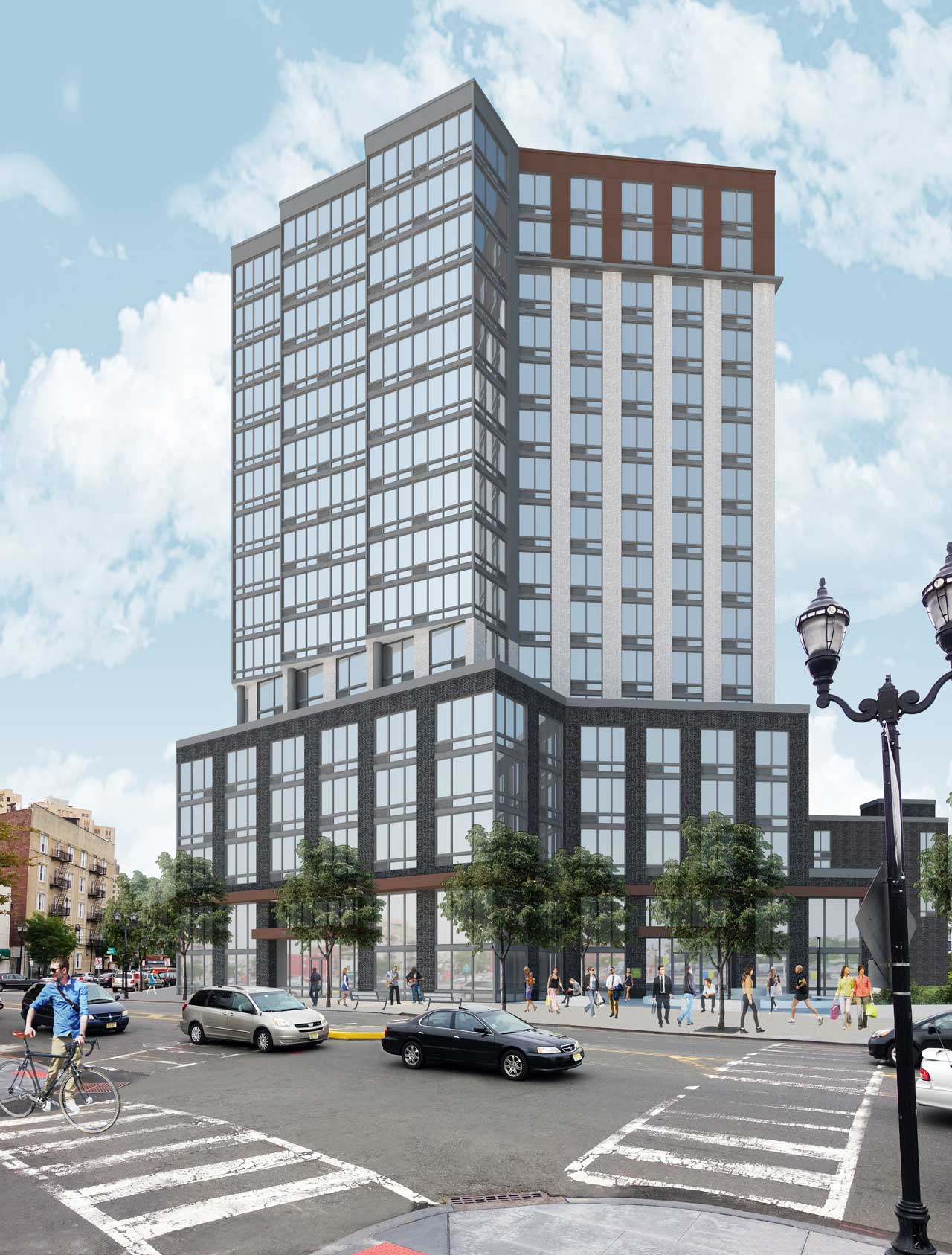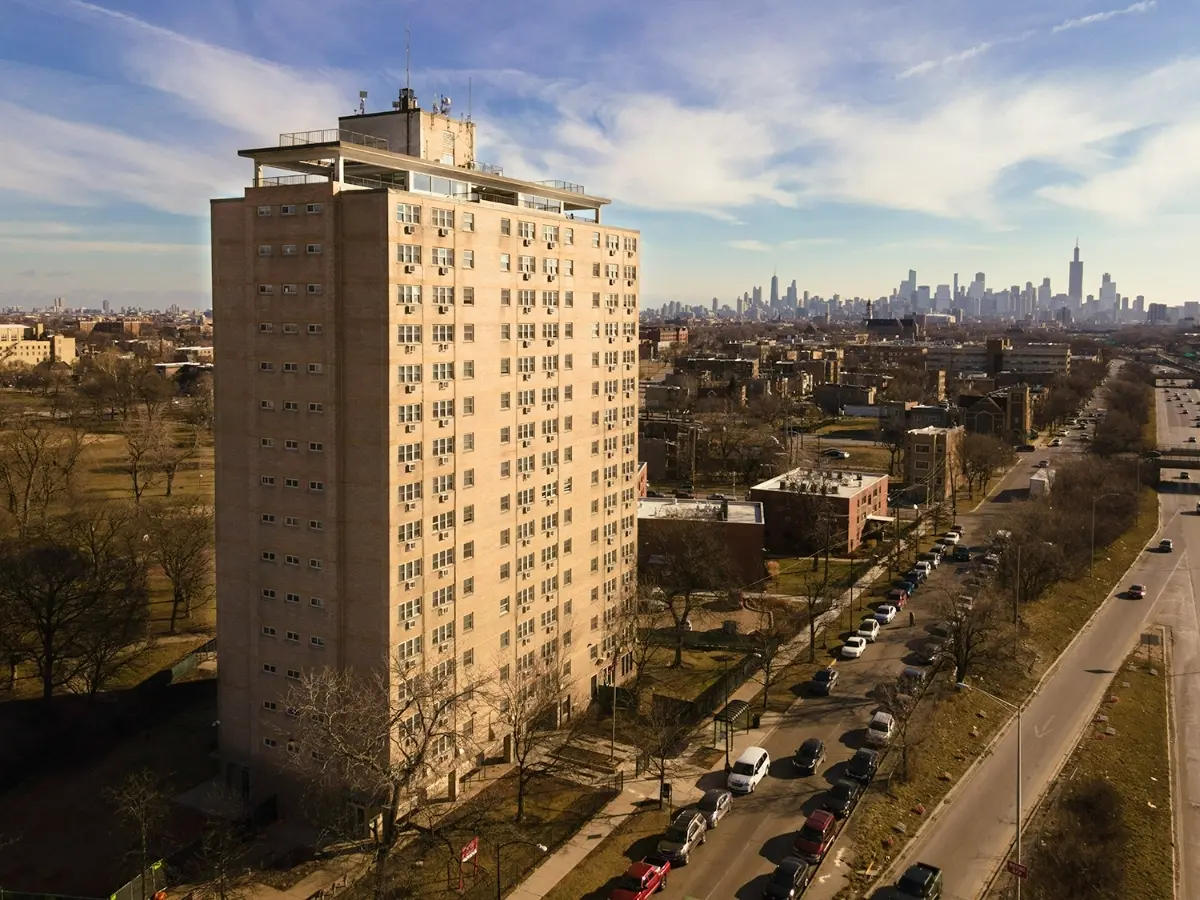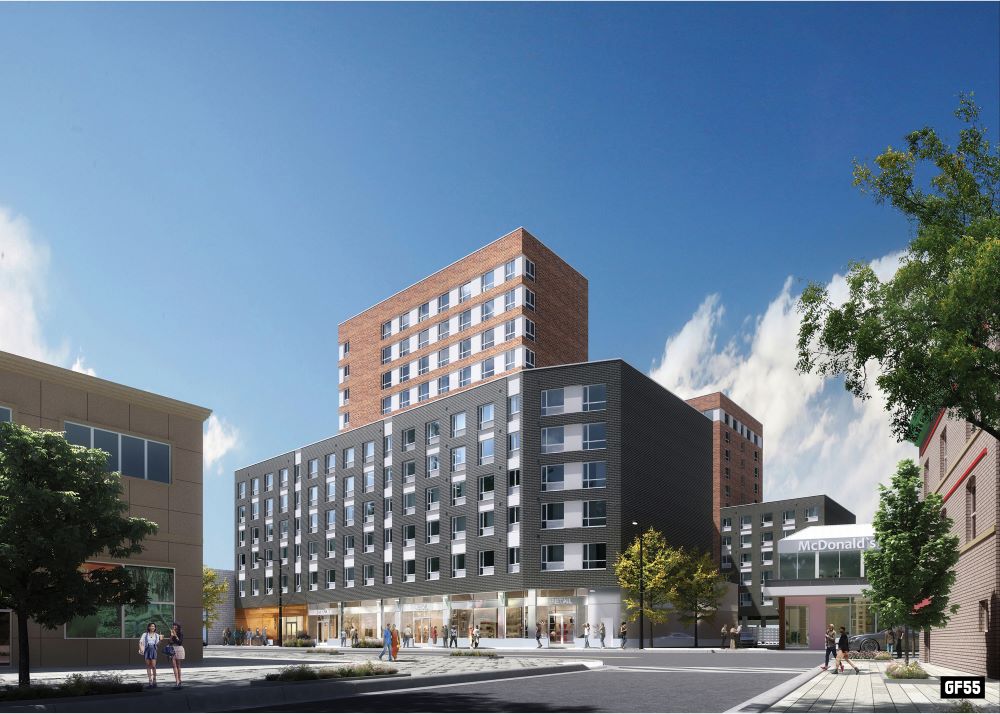Proper ventilation is a critical aspect of HVAC design that significantly impacts indoor air quality, occupant health, energy efficiency, and compliance with industry standards. In this article, we will delve into the importance of ventilation in HVAC design and discuss key considerations for achieving optimal ventilation performance.
Understanding the Significance of Ventilation in HVAC Design: Proper ventilation plays a vital role in maintaining a healthy indoor environment by providing a continuous supply of fresh air and removing pollutants, odors, and excess moisture. It ensures optimal air quality, which directly impacts occupant health, comfort, and productivity. Additionally, effective ventilation contributes to energy efficiency by enhancing system performance and reducing the load on cooling and heating equipment.
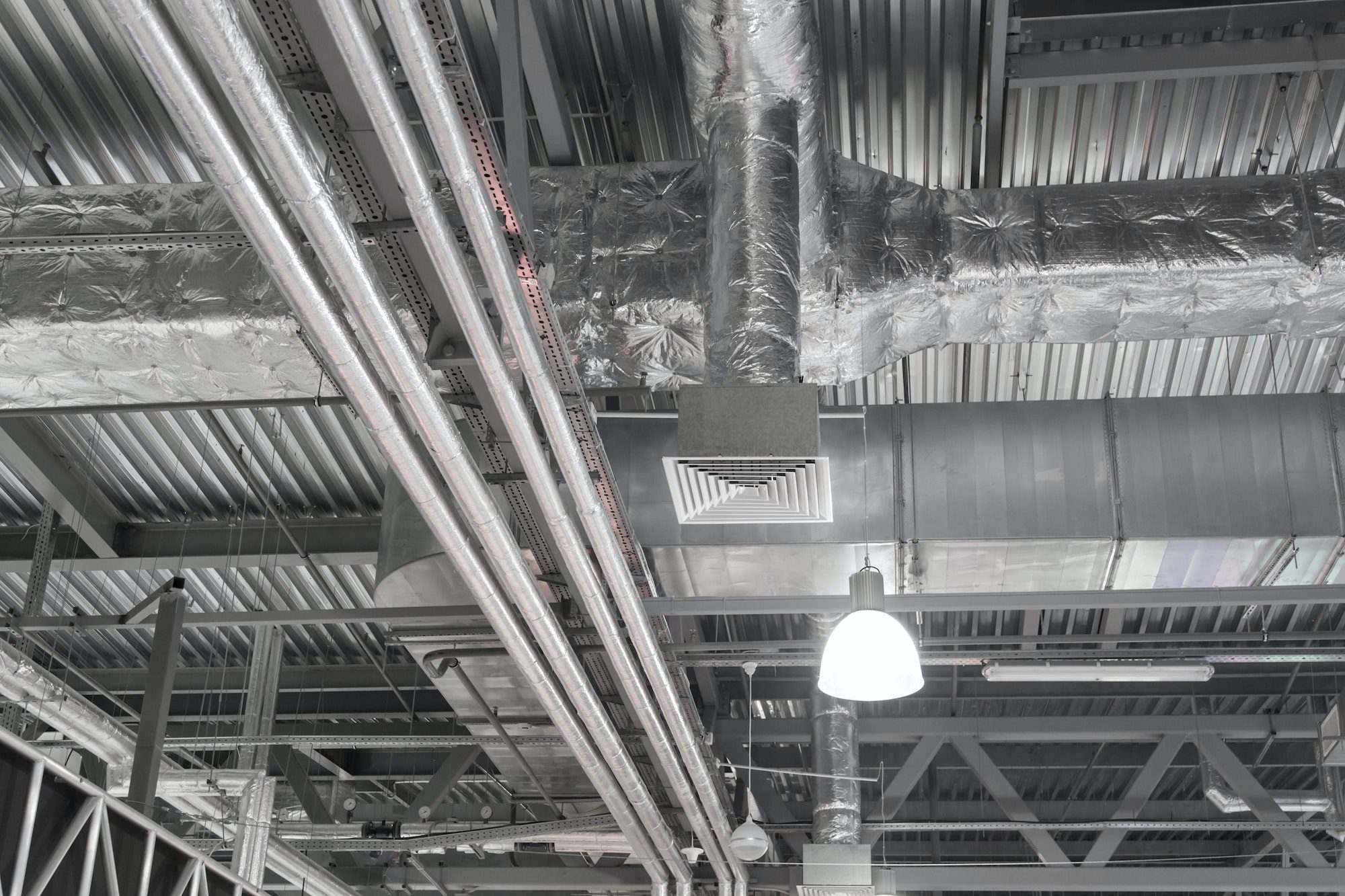
Key Considerations for Achieving Proper Ventilation in HVAC Design:
- a) Ventilation Rate: Determining the appropriate ventilation rate based on building occupancy, size, and usage is crucial. Standards such as ASHRAE 62.1 provide guidelines for minimum ventilation rates to ensure adequate air exchange.
- b) Air Distribution: Properly distributing the supply and return air within the building is essential to maintain consistent air quality throughout different zones and spaces.
- c) Filtration: High-quality air filters effectively capture and remove airborne particles, allergens, and contaminants, contributing to improved indoor air quality.
- d) Energy Efficiency: Employing energy-efficient ventilation strategies, such as demand-controlled ventilation (DCV), helps optimize energy consumption by adjusting ventilation rates based on occupancy levels and indoor air quality.
- e) Compliance with Regulations: Adhering to local building codes and regulations regarding ventilation requirements is essential to ensure a safe and healthy indoor environment for occupants.
The Role of HVAC Air Balancing in Ventilation: HVAC air balancing, achieved through precise control of airflow and the use of devices like constant airflow regulators and automatic balancing dampers, is crucial for maintaining proper ventilation rates. It ensures that each area receives the required amount of fresh air while preventing over-ventilation or under-ventilation. Balancing airflow optimizes ventilation efficiency, minimizes energy waste, and promotes consistent air quality throughout the building.
External Links and Resources: Throughout this article, we have referenced various authoritative sources to support the information provided. Here are a few external links for further reading:
- ASHRAE (American Society of Heating, Refrigerating and Air-Conditioning Engineers)
- EPA (Environmental Protection Agency) Indoor Air Quality
- CDC (Centers for Disease Control and Prevention) Ventilation Recommendations
Conclusion: Proper ventilation is a vital component of HVAC design, significantly impacting indoor air quality, occupant health, energy efficiency, and regulatory compliance. By considering ventilation requirements, implementing effective air distribution, and utilizing advanced HVAC air balancings solutions, such as constant airflow regulators and automatic balancing dampers, you can achieve optimal ventilation performance in your building.
As a premier supplier specializing in constant airflow regulators, automatic balancing dampers, and other airflow balancing solutions, eFlowUSA is committed to helping you achieve the highest level of ventilation efficiency. Visit our website eflowusa.net and explore our range of products at our online shop eflowshop.net to support your ventilation needs.
Remember, at eFlowUSA, we are the recognized leader and largest direct supplier of constant airflow regulators and automatic balancing dampers in the USA. Choose us for your ventilation requirements and experience the difference firsthand.
Thank you for reading our blog post on the importance of proper ventilation in HVAC design. Stay tuned for more informative articles and valuable.


